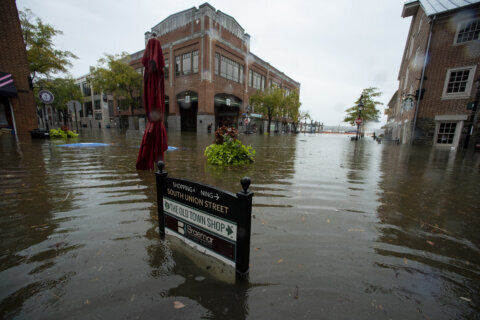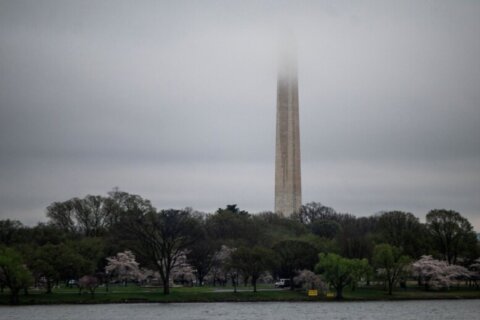After hitting the ground running with winter storms in mid-January, the D.C. region is making up for lost revenue — but still behind seasonal snowfall averages.
The strong El Niño winter of 2015-16 was the last time Baltimore reached or exceeded its seasonal snowfall average of 19.3 inches. For both Reagan National and Dulles International, five years ago during the weak El Niño winter of 2018-19 was the last time average snowfall of 14 to 20.2 inches accumulated.
Running out of time to meet the quota this winter, there is one more opportunity this month for snow on the tail end of an early weekend storm (Feb. 23-24) before a major pattern shift to much warmer than average temperatures for the remainder of the month into early March. Even if snow does fall in the D.C. area next weekend, early indications as of Feb. 17 indicate amounts would be just a nuisance and not add much at all to the Winter 2023-24 budget.
Will March help our snow budget?
A winter storm would have to produce heavy snow rates during the day to overcome the higher sun angle (equivalent to September by this point in the season) that contributes to melting on contact. An overnight winter storm has the best chance to produce measurable accumulation.
On average, 2.0 to 3.9 inches of snow accumulates in the D.C. region in March. We would have to exceed snowfall averages in March to come up with a normal winter snow season in the D.C. area.
Even though we haven’t quite succeeded (yet) with an average winter for overall snow accumulation, the successive midwinter storms helped satisfy the average for “snow days.” We have seen eight days so far this winter with 1 inch or more of snow on the ground, which is right on track with the long-term average (through mid-February) of 8.8 days.
Shifting gears from snow to spring, the Cherry Blossom season is just around the corner. Now through late March is the critical period when temperatures will determine when peak bloom occurs. So far, February is 6 degrees warmer than average in Washington. If the overall warm trend continues, peak bloom would be in mid-late March as opposed to early April.
Get breaking news and daily headlines delivered to your email inbox by signing up here.
© 2024 WTOP. All Rights Reserved. This website is not intended for users located within the European Economic Area.










